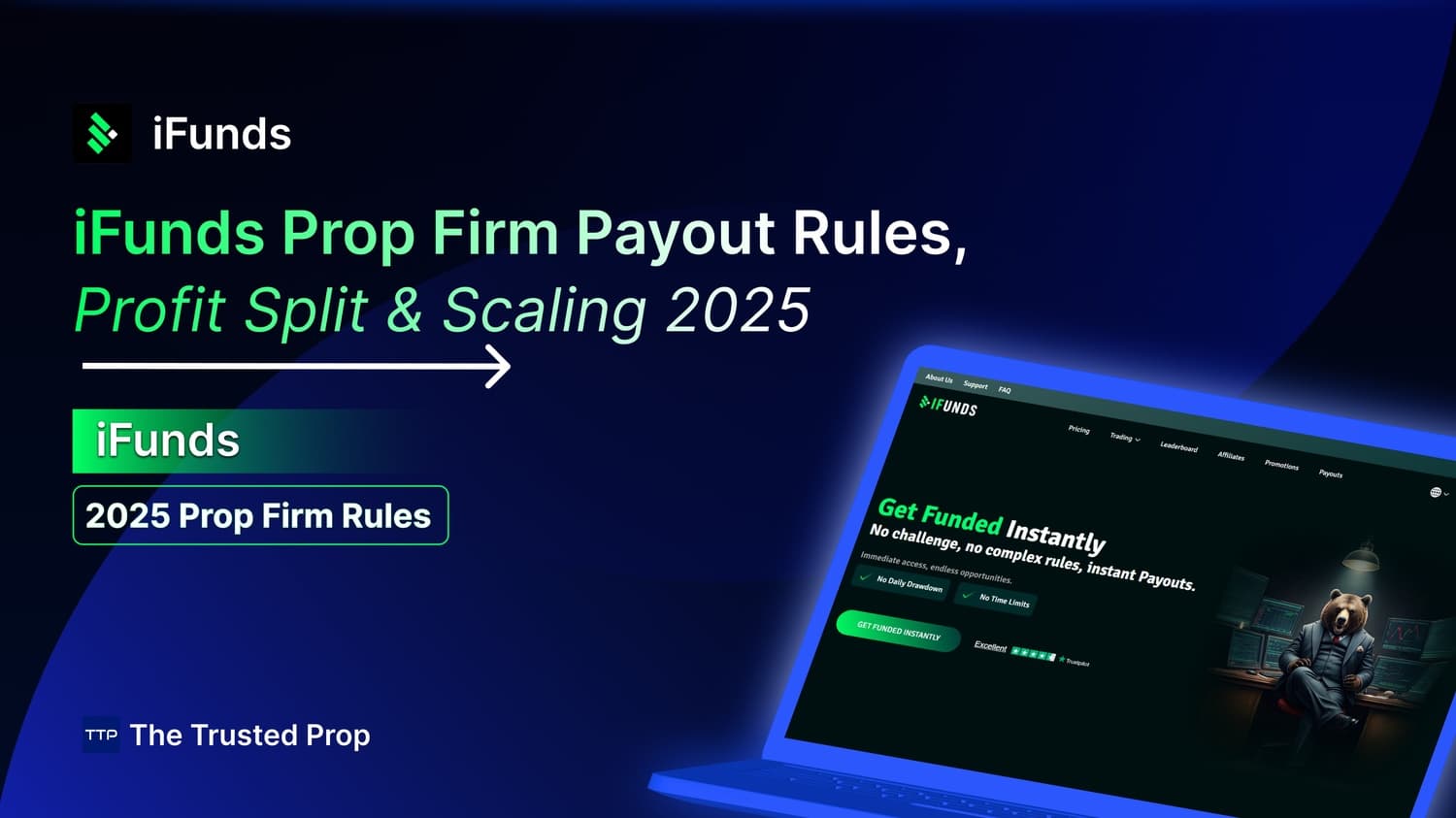Best Risk Management Strategies for Prop Firm Traders

Best Risk Management Strategies for Prop Firm Traders
3/13/2025
In the Proprietary Trading Firm industry, risk management is a crucial process for determining your trading skill and mitigating potential risks to protect capital and ensure the long-term viability of your strategies. Before providing a funded account, proprietary trading firms usually present some challenges for checking your risk management effectively.
During these challenges, traders must demonstrate their solid risk management strategies, drawdown restrictions, position size limits, and so on. In this article, we break down common risk management techniques to help protect your funded account.
Risk management strategies for prop Traders
For prop trading to be effective, risk management is important to protect the firm’s capital.
1). Stick to a Risk Per Trade Limit
One of the golden rules of trading is to have a tight risk per trade limit. Most experienced traders adopt the 1:2 rule, where they never risk more than 1-2% of their trading account on one position. This will prevent a few losing traders in a row from destroying their accounts and enable them to recover better from drawdowns.
2). Maintain a Favorable Risk-to-Reward Ratio
Making a solid risk-to-reward ratio is important in professional trading. Target for 1:2 or little bit more higher ratio means that if traders risk one dollar, they seek at least two dollars. Using this strategy allows traders to be profitable even if only half of their traders are successful.
3). Use Stop-Loss Orders Effectively
This is a safety net for traders. Without a stop-loss order, you will find yourself carrying a losing trade too long and waiting for it to turn. To manage risk efficiently, set your stop-loss order at logical levels based on technical analysis as opposed to just randomly setting one. Vary your stop-loss to suit the market conditions, volatility, and your trade entry.
4). Control your Emotions
Controlling your emotions in trading is a crucial part because many traders lose money in trading because they can’t control their emotions. Fear and greed are leading to impulsive decisions, revenge trading, and poor risk management. The experienced trader makes powerful strategies and sticks with those who insist on their emotions. Developing discipline is the most important in technical analysis.
5). Manage Your Daily Drawdown Limits
Most prop firms have daily loss limits in place to stop the traders from blowing their accounts. If your firm doesn't, you have to limit yourself to a weekly or daily drawdown. Once you reach that limit, move away from the charts and return the next day with a fresh mind.
6). Keep a Trading Journal
Trading is not just trading without reviewing and learning from your trade.
Maintaining a trading journal will enable you to monitor your mistakes, tune your strategy, and better comprehend your weaknesses and strengths.
Make these in details:
- Purpose of your trading
- Read market conditions
- Feelings experienced while trading
- Keep eyes on mistakes and rights
Referring to this information over time will improve your trading strategy and reduce expensive mistakes.
7). Position Sizing
Proper position sizing makes sure no one trade threatens your entire account. The main principle is to calculate position size about risk tolerance and stop-loss width. If you have a wider stop-loss due to volatile conditions, cut the position size in half to achieve the same degree of risk. If the stop-loss is tight, you can handle a marginally bigger position without exceeding risk limits. Using a position sizing calculator can help in keeping things consistent and avoiding over-leveraging.
8).Understand Risk Events & Economic Calendars
Traders usually find themselves caught off guard in high-impact news releases like Federal Reserve meetings, Non-Farm Payroll (NFP) releases, or inflation figures announcements. Such news releases can lead to sharp price swings. To stay away from unnecessary risk, always look at the economics calendar and manage your exposure before big news releases.
9). Understand the market conditions
Traders should understand the conditions of the market and adapt them. Markets keep changing, and yesterday’s successful strategies might not be effective today. Traders who do not change often end up on the losing side of the trade. Keep yourself updated with economic announcements, interest rate announcements, and geopolitical events that can influence price action. Adjust your risk management based on market volatility and momentum.
10). Diversify Your Trades
Besides trading multiple instruments, applying diverse trading strategies can also decrease risk. Don’t rely on a single strategy; it can be dangerous in case market conditions change. For example, a trend-following strategy might fall in a ranging market. By applying different strategies, such as swing, scalping trading, and breakout strategies, you can enhance consistency and protect against opposite conditions.
Conclusion
Risk management is not just a safety net. By weighing these principles, it makes the foundation of long-term trading. By staying calm, having disciplined risk control, and constantly optimizing your strategy, you stand a better chance of thriving in the prop firm trading arena.
You may also like
FundedElite Challenge Accounts: Our Honest 2025 Review
.jpeg&w=1920&q=75)
How to Get Started with FTMO: Full Guide for Indian Traders in 2025

My Forex Funds Relaunch 2026: Is It Coming Back Officially?

iFunds Prop Firm Payout Rules, Profit Split & Scaling 2025

How to Pass the FTMO Challenge FAST: Full Guide for Indian Traders

FORFX Payouts, Profit Split & Withdrawal Rules (2025 Guide)

Top Prop Firm Trading Competitions of 2026: Win Free Accounts

No FAQs are available for this topic yet.

.jpeg&w=3840&q=75)

























